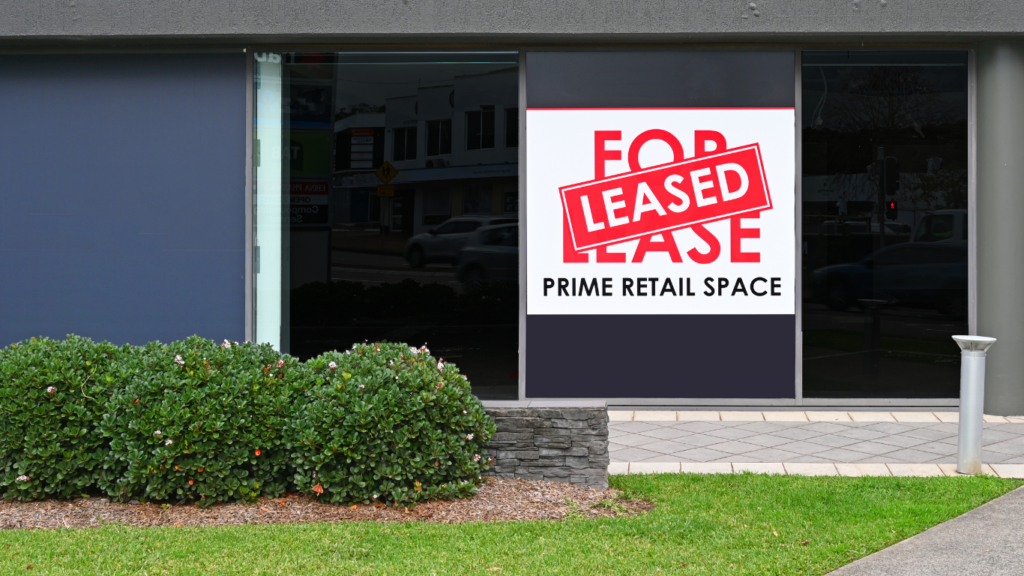Importance of a Strong Lease
A strong lease safeguards your property. It clearly outlines tenant and landlord obligations. By specifying terms up front, you avoid misunderstandings.
Clarity reduces disputes. When everything’s spelled out, neither party can claim ignorance. This helps maintain a professional relationship.
Legal protection comes from thorough leases. Essential clauses ensure that if disputes arise, the lease terms stand up in court. A well-drafted lease can be the difference between a quick resolution and an extended conflict.
Customizing your lease adds extra safeguards. Tailor the lease to fit your property and needs. For instance, if you have a no-pet policy, explicitly state that.
Including detailed terms on rent payment, maintenance, and property use prevents future issues. Examples: late fee penalties, responsibility for repairs, and restricted areas.
A comprehensive lease also protects financial interests. Specify security deposits, late fees, and consequences of non-payment. This assists in maintaining cash flow and covering property upkeep costs.
By investing time in creating a strong lease, you protect your assets and ensure smoother tenant interactions. It’s essential for maintaining quality relationships and property value.
Key Elements to Include
Creating a strong lease ensures landlords can protect their interests and property rights effectively. Key elements in the lease address specifics like:
- property details
- lease terms
- financial matters
Property Details
Listing property details establishes clarity. Include the property address, unit number, and specific areas tenants can access. For example, list amenities such as parking spaces, storage units, and common areas.
Lease Term and Renewal
Specifying the lease term clarifies start and end dates. Include terms for automatic renewal or required notice periods for non-renewal. Outline conditions for lease extensions, noting any associated fees or changes in terms.
Rent and Deposits
Stating rent specifics avoids disputes. Detail the rent amount, payment due date, and acceptable payment methods. Document all deposit details, specifying the security deposit amount, due date, and conditions under which it’s refundable.
Maintenance and Repairs
Defining maintenance responsibilities helps avoid disagreements. Specify which repairs landlords handle versus tenant obligations. Include protocols for reporting issues and timelines for resolving repairs, ensuring clear expectations.
Rules and Restrictions
Clearly stating rules maintains property standards. Outline restrictions on activities like smoking, pet policies, and noise levels. Include consequences for rule violations, ensuring tenants understand potential penalties.
Legal Protections
Ensuring robust legal protections in a lease shields landlords and promotes fair practices. Below are key areas to include.
Tenant Rights
It’s essential to outline tenant rights to foster transparency. Tenants have the right to habitable premises, so I specify maintenance duties. Protection from discrimination is critical, and I include a clause adhering to the Fair Housing Act. Quiet enjoyment guarantees tenants can use the property without unnecessary disruptions, and I make sure this right is clear. Security deposit terms should be transparent, detailing conditions for withholding and timelines for returns.
Landlord Rights
Clearly defining landlord rights helps manage property effectively. I reserve rights for regular inspections with proper notice to ensure property upkeep. Non-payment of rent and property damage issues are addressed, allowing me to take legal action if necessary. I include a clause for lease termination under specific breaches to protect my interests. Additionally, entry rights for emergencies ensure safety but must be balanced to respect tenant privacy.
Legal Compliance

- Compliance with legal standards prevents disputes and legal issues.
- Ensure the lease complies with local, state, and federal laws.
- Including provisions for rent control regulations is essential in controlled areas.
- Follow proper procedures for handling security deposits per jurisdiction requirements.
- Providing disclosures on property conditions and lead-based paint, where applicable, keeps the lease compliant.
Maintaining these protections ensures a legal and fair lease, reducing risks and fostering trust with tenants.
Additional Clauses
Including additional clauses in a lease can provide further protection for landlords. These clauses address specific situations and help clarify expectations.
Pet Policies
A detailed pet policy can prevent future conflicts. Pet policies should specify the types of pets allowed, size restrictions, and any additional fees. For example, limiting the number of pets to two and requiring a pet deposit of $200 along with monthly pet rent of $25 per pet. Clear guidelines protect the property and ensure pet owner responsibility.
Subletting Rules
Subletting rules clarify if tenants may sublease the property. It’s essential to state conditions under which subletting is allowed. For instance, tenants must obtain prior written consent from the landlord and the subtenant must meet the same qualifications as the original tenant. This ensures control over who occupies the property and maintains accountability.
Termination Conditions
Termination conditions outline the grounds for ending the lease early. Conditions such as non-payment of rent, lease violations, or criminal activity should be specified. For example, stating that the lease can be terminated with a 30-day notice if the tenant engages in illegal activities. These conditions protect the landlord and provide clear guidelines for tenants, reducing potential disputes.
Including these additional clauses in a lease strengthens landlord protection and ensures clear communication of expectations.
Tips for Drafting a Lease
Drafting a strong lease is essential for protecting both landlords and tenants. Here’s how to do it effectively:
Using Standard Forms
Using standard forms streamlines the lease drafting process. Many states provide standardized lease forms that include all necessary clauses. These forms ensure compliance with local laws, eliminating guesswork and reducing errors. They’re also more recognizable to tenants, fostering trust. Utilizing standard forms as a base, then adding specific clauses, can tailor the lease to unique circumstances while maintaining legal compliance.
Consulting a Legal Expert
Consulting a legal expert ensures the lease is thorough and legally binding. Attorneys specializing in real estate law can identify potential pitfalls that standard forms might miss. They offer personalized advice tailored to the specific property and jurisdiction. Legal experts also stay updated on changing laws and regulations, ensuring the lease remains compliant. Allocating funds for legal consultation can prevent costly disputes later on.


 Herlindalla Hubbard has been a key contributor to Villa Estates Luxe, focusing on the integration of smart home technology within luxury villas. Her innovative ideas and expertise in modern technological trends have enriched the platform’s content, highlighting how these advancements can enhance luxury living and provide added convenience for homeowners. Herlindalla has also played a significant role in creating informative articles and resources that educate users about the benefits of smart technology in property management.
Herlindalla Hubbard has been a key contributor to Villa Estates Luxe, focusing on the integration of smart home technology within luxury villas. Her innovative ideas and expertise in modern technological trends have enriched the platform’s content, highlighting how these advancements can enhance luxury living and provide added convenience for homeowners. Herlindalla has also played a significant role in creating informative articles and resources that educate users about the benefits of smart technology in property management.